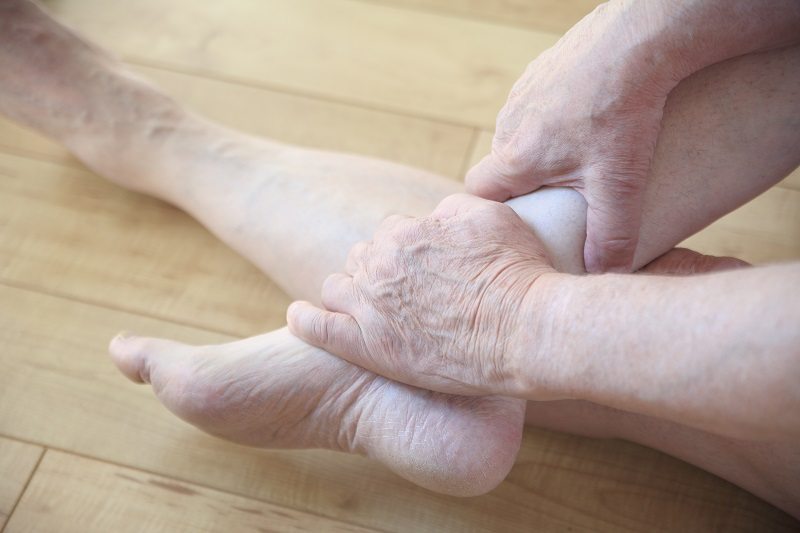What is Restless Leg Syndrome?
Restless Leg Syndrome (RLS), also known as Willis-Ekbom Disease, is a neurological disorder characterized by its overwhelmingly unpleasant urges to move the legs while at rest.
What are the symptoms of Restless Leg Syndrome (RLS)?
Restless Leg Syndrome (RLS) is characterized by its overpoweringly desire to move the legs, particularly while at rest. RLS usually causes leg pain in the evening and night. A common characteristic of RLS is that, in the early morning, legs are typically symptom-free, allowing for a period of better sleep.
Who suffers from Restless Leg Syndrome (RLS)?
While RLS affects about one in ten American adults, it affects almost twice as many women than men.
Is Restless Leg Syndrome (RLS) hereditary?
RLS is not always hereditary, but genetic links have been found in some cases. RLS does seem to run in some families, but not all.
What triggers Restless Leg Syndrome (RLS)?
RLS is most commonly triggered by periods of inactivity. While RLS symptoms seem most prominent at night, the symptoms can appear at any time throughout the day when the legs are inactive. This includes sitting in theaters, on long flights or car trips, or even while relaxing at home.
Are there treatments for Restless Leg Syndrome (RLS)?
Yes! There are a variety of treatment options for dealing with RLS. First, treatment will be directed towards any known underlying illnesses. Prescription medications may be used, such as pain medications, anti-anxiety medications, muscle relaxants, and anticonvulsants. There are also numerous alternative treatment options available such as compression therapy, warm/cold baths, tonic water, oral magnesium, and electric nerve stimulation.
Will my Restless Leg Syndrome (RLS) get worse over time?
Symptoms of Restless Leg Syndrome (RLS) are known to worsen over time. While many experience periods of symptom-free remission, RLS typically re-emerges at some point. Left untreated, RLS symptoms can both worsen and cause other conditions, such as daytime fatigue, depression, travel complications, memory and concentration impairment, insomnia, and exhaustion.
How is Restless Leg Syndrome (RLS) diagnosed?
The National Institutes of Health (NIH) established five specific criteria that must be met for a diagnosis of RLS:
- An overwhelming urge to move the legs, often associated with other unpleasant, uncomfortable, or abnormal sensations.
- The urge to move the legs begins or worsens during periods of rest or inactivity.
- The urge to more the legs is temporarily, partially, or totally relieved by leg movements.
- The urge to move the legs begins or worsens in the evening or night.
- The above symptoms are not due to any other behavioral or medical condition.
For more information about Restless Legs Syndrome and treatment options contact The New Jersey Vein and Vascular Center today!







